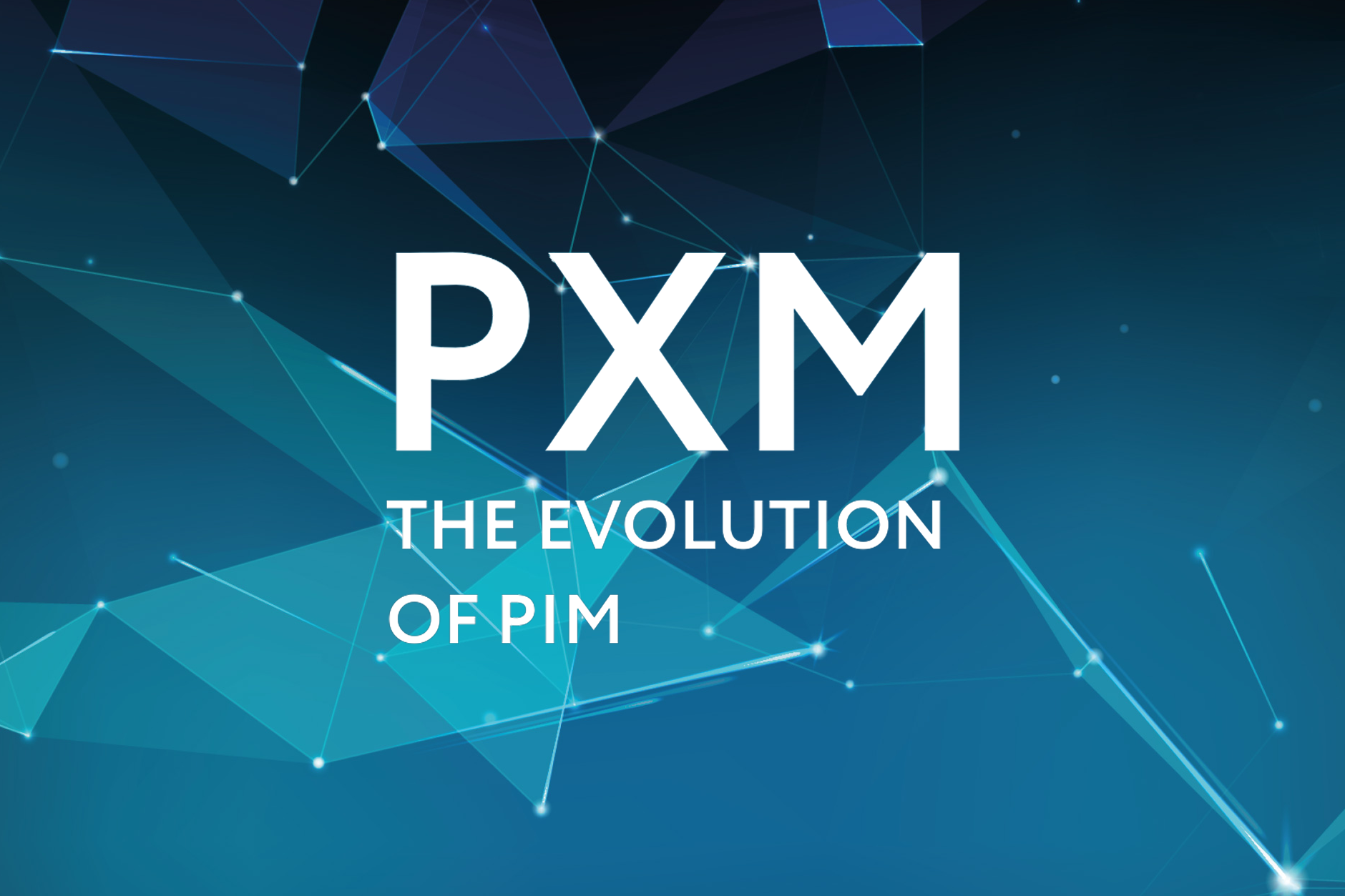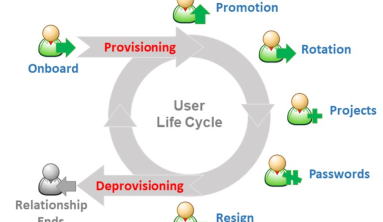Shoppers’ expectations are changing, both in B2B and B2C. As 98% of marketers believe that personalization advances customer relationships, it’s not surprising that digital marketing and commerce teams are constantly being challenged to design a smoother, more personalized product experience that attracts and retains customers. An IDC study predicts that by 2022, 35% of CX-focused organizations will have adopted “Commerce Everywhere” business models and generate 50% of revenue through contextual discovery experiences.

In this environment, Product Experience Management (PxM) is a trending term. But what is PxM, how does it relate to Product Information Management (PIM) and who cares about it?
1.What is PxM?
Because the concept of PxM is still evolving, there is no formal definition for PxM—yet. The term is used by some solution providers to define how organizations are leveraging new technologies in this fast-moving digital environment to deliver distinct and engaging customer experiences—based on contextualized and enriched product content—as they research, shop for, and buy products.

When organizations are able to match product information with actionable customer insights, they are better positioned to achieve the mission of delivering exceptional product experiences across all channels to increase customer loyalty, sales and margins.
2. What is the difference between PIM and PxM?
PIM refers to the systems that organizations use to manage and standardize the increasingly complex demands of product data, digital assets, and syndicate trusted and high-quality product information to channels. PIM helps speed up time to market for new products, improve operational efficiencies by automating workflows related to product information management and enrichment, and provide omnichannel consistency.
However, if you are discussing the PIM-related action or insight that improves or contributes to customer experience, then you are really talking about Product Experience Management (PxM). PxM is about optimizing the customer experience and purchase journey with personalized, contextualized, and emotionally engaging product content for a specific target customer or group. It describes any activity that helps provide a better product experience to a customer and includes—but is not limited to—enriching product data and fueling any sales or marketing channel with specific and relevant product content. In most cases, this is part of an enterprise PIM solution.PxM is a way to deliver individualized buying experiences using analytical data and actionable insights (e.g., coming from channels), machine learning (ML), and artificial intelligence (AI) techniques.
3. What is contextualized product information?
Contextualizing product information or content means providing relevant product data that is dependent on what you know about a customer, or channel activity (and on the information you can leverage). This could include a consumer’s current device, language, market segment, demography, or location. In other words, the customer may see different products or service offers—with different levels of detail—all depending on the type of device they’re using, the day of the week, the time of day, and their current location.

The use of AI and ML can help to automate a lot of the content production, and add benefits as a company personalizes and contextualizes the communication with their customers and prospects, as you can see in these examples:
- Contextual Description: An online fashion retailer could provide one of more than 100 text variations to describe a skirt, or to display it in a special color—which would depend on what they know about the visitor and about the customer’s preferences.
- Contextual Size Recommendations: AI/ML can help analyze customer reviews and select the key phrases of what they liked or disliked most about a garment, and offer additional shopping guidance, such as suggesting the size that may fit best based on reviews about this product and previous purchases and returns of the customer.
- Contextualized Enrichment: AI/ML can help provide contextualized enrichment for food products, such as providing specific ingredient information relevant for a diet like Paleo or Keto.
4. Is PxM only relevant for retail?
Although many retailers are early adopters and have applied PxM technologies to provide contextualized content, product experience is no longer relevant only for retailers and B2C organizations.
Brands, B2B companies, and especially manufacturing organizations are moving beyond from simply selling to their customers to cultivating and owning relationships with them through compelling digital experiences—all driven by relevant content presented at the right time. Readily available and rich product data is key to fueling better omnichannel product experience.
5. What’s the secret of successful PXM?
To deliver great product experience, digital marketing and ecommerce must connect product content with insights into their customers’ profiles and their supply chains. In my next blog, I will deep-dive into this topic and share PXM use case examples.
Source: informatica





